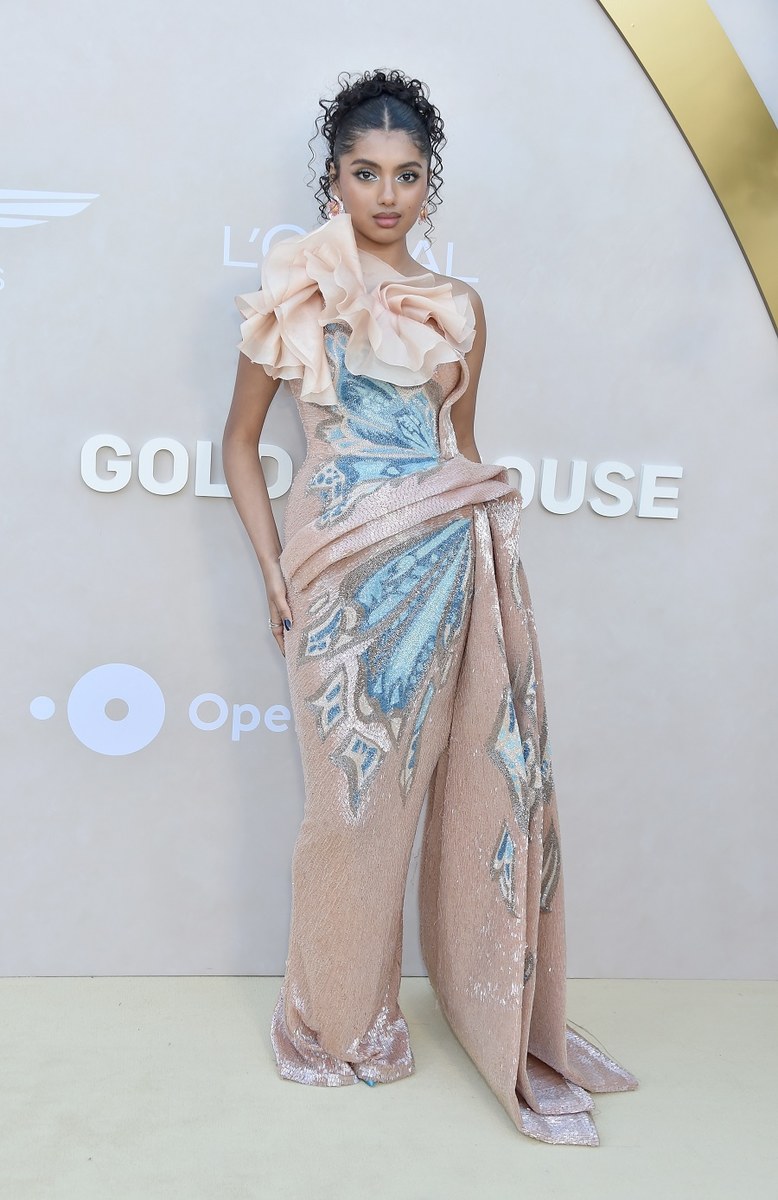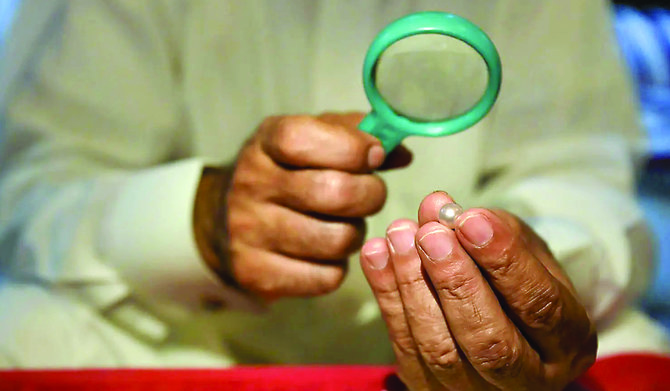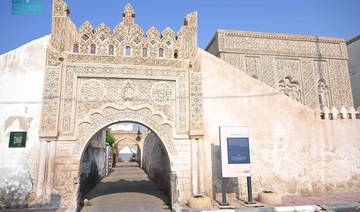It is said that beauty is only skin deep. It is no wonder then, that throughout history women have invested an exorbitant amount of energy and efforts to enhance and illuminate their skin.
Beauty has proved to be a strong ally in helping women cement their power and prestige. Such is the case regarding the mysterious appeal of Cleopatra in the earlier Egyptian Dynasty. Much has been said about her beauty and while she possessed shrewd leadership qualities, her success was attributed to her breathtaking demeanor, which made the most tyrannous of men weak in her presence. Cleopatra established the foundation and basis of our modern day beauty rituals and practices.
Seeking inspiration from Cleopatra’s legacy, the following are some beauty services and regimes offered at EVE Spa in Jeddah, which originate in essence and practice from the ancient Egyptian queen’s world of beauty secrets:
The Cleopatra Bath
Named rightfully after the true inspiration behind this sensational treatment, the Cleopatra bath depends on a damp exfoliation of the body followed by a lengthy soak in milk and honey based products. Milk and Honey was the backbone combination for a multitude of Cleopatra’s ancient skin rituals. Milk contains lactic acid; a form of Alpha Hydroxy acid, which removes dead skin, cells, causing the younger skin to emerge. Honey is a humectant that retains water, which helps lock in moisture for the skin. The treatment includes a face massage and mask using contemporary versions of Cleopatra’s clay masks, depending on the skin type. As part of the indulgence, post this ritual, clients are escorted to a dressing area to towel dry and are then moisturized with an intense emulsion that serves to supplement the treatment. Simultaneously, clients have their hair air-dried and styled to their satisfaction.
This aromatic bath promises to leave the skin fairer, exceedingly soft and even toned. Consider it Cleopatra’s promise to you.
Castor oil therapy
Hair is something that ancient Egyptians went great lengths to nurture and enhance. Hair symbolized wealth, status, beauty and in some references, motherhood and fertility. To maintain natural hair growth and the strength of their hair, Egyptians were pioneers in using castor oil. Ancient Egyptians initiated the use of this oil for their hair due to its nourishing properties. Castor oil has since then been used to enhance healthy hair growth and in strengthening hair follicles.
To get the full benefit of this treatment, hot oil warps are infused with castor oil and massaged into the scalp. The client is then placed under a steam incubator, to ensure the deep penetration of Vitamin E and fatty acids in the concentrated castor oil, into the scalp and hair follicles.
Hair Extensions
This beauty technique, widely used in ancient Egyptian history, followed the Egyptians predecessors to their grave. Hair extensions today are used to lengthen short hair, to fill thinning areas of the scalp or to add volume and color variation to hair. This convenient camouflage has transcended upon us from our ancient Egyptian forefathers, as they took pride in grooming their hair to the best of their abilities. EVE Salon is one of the few salons in the Kingdom to offer 100 percent natural human hair extensions, inspired by the tradition of the ancient Egyptian dynasties.
Gold on skin
Ancient Egyptians not only used this precious metal as adornment, but also used gold as a therapy for the skin. Historically in Egypt, gold was used for its curative and antibacterial properties. The exclusiveness of this ritual has not changed throughout the years, as only a certain number of elite spa’s around the world offer the expertise in using this expensive metal for skin and energy revitalizing purposes.
The Spa offers the luxurious gold facial, in which ground granules and sheets of pure 25-carat gold are used topically on facial skin.





















